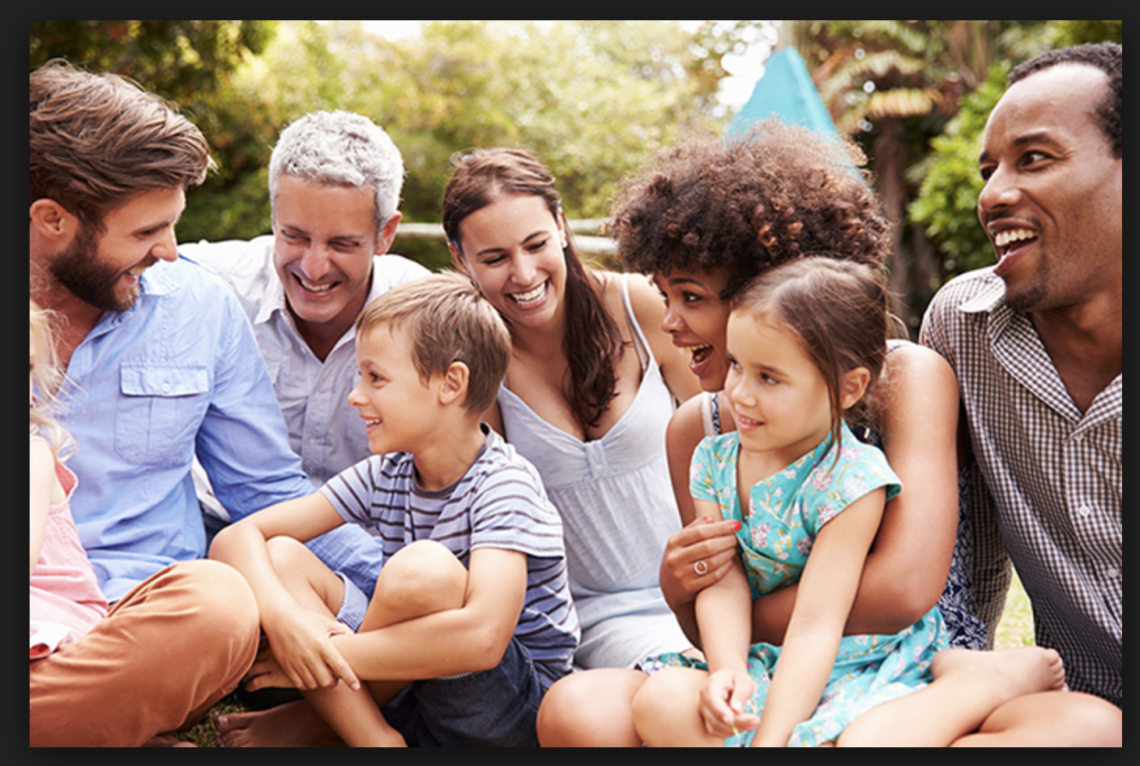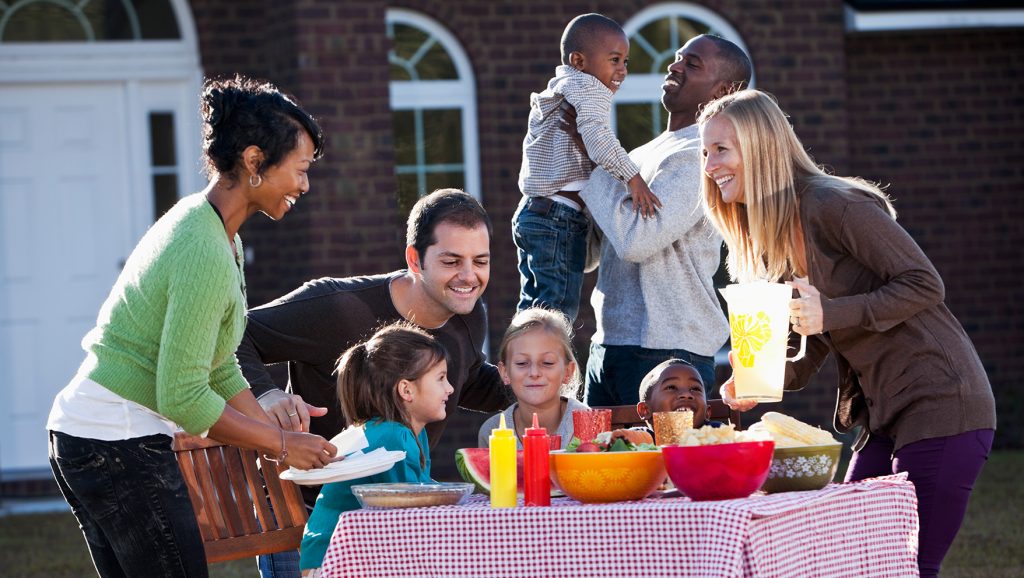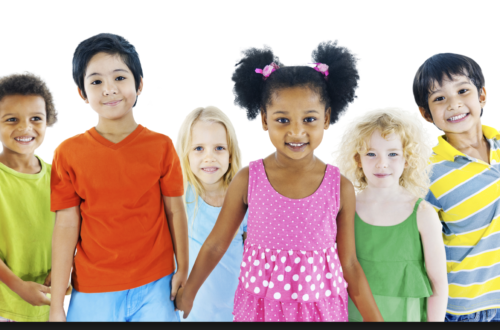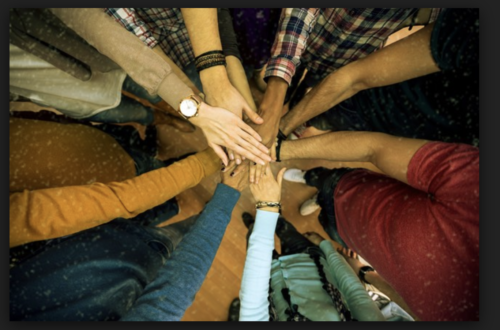
Activities for kids and young adults that will help you keep an anti-racist home
Activities for kids and young adults that will help you keep an anti-racist home
 Talking to a young child about race and prejudice is difficult, but essential. Why? It is crucial so that future generations of children can grow up in a world without racial prejudice and anti-black bigotry.
Talking to a young child about race and prejudice is difficult, but essential. Why? It is crucial so that future generations of children can grow up in a world without racial prejudice and anti-black bigotry.
This is a selection of innovative and simple activities that can be used to initiate a discussion about race and racism. Through dialogues like this, we can all begin to raise truly anti-racist children.
When to begin discussing race
The brief response is now. You can begin discussing race with children as young as 2 or 3 years old. According to the American Academy of Pediatrics, infants as young as six months may recognize racial distinctions, and toddlers as young as two years old can absorb racial bias. This is why it is essential for children as young as 6 months to read books with ethnically diverse people engaging in a variety of activities.
With preschool-aged children, books, television programs, and the activities outlined below are excellent ways to initiate a constructive discussion about race.
How to discuss race and racism
Conversations regarding race with young children need not be complicated. You can begin by defining melanin and skin (the biggest organ in the human body) and emphasizing that the fundamental differences between different skin tones are identical to those between different eye colors.
In addition, you can discuss how incredible it is that our world has so many colors, and how, like a rainbow, the beauty of each color can and should be recognized and loved.
Don’t make discussing race a one-time event.
Not just activities, conversations, and literature can be used to create an anti-racist family, but there are many other approaches as well. In the end, it will be our deeds that speak the loudest. We are all aware that children learn best through seeing and doing. We must exemplify the anti-racist beliefs, behaviors, and attitudes we wish for our children. each and every day Anti-racism should be the new standard by which we all live our lives.
How to implement these anti-racism actions
The majority of these activities are not aimed to teach anti-racism. For them to be useful, you can use them as a tool to initiate a dialogue with your child about race and prejudice. Here are some activities you can engage in before, during, or after the event:
Read a novel featuring a Black or brown protagonist.
Positively discuss the physical distinctions and similarities between your child and the characters. Discuss things such as complexion, hair, and eye color.
Emphasize the facts. Your skin tone is determined by melanin, the sun, and your ancestry. Tell them that skin tone has no bearing on who or what a person is or can be. If the exercise is to produce a self portrait, instruct your child to also construct an image of a character from the book or television show who has a different skin tone.
Not Discussing Race Is Harmful.
The belief that children are colorblind has been disproven by science. However, you may have already observed this trait in your child. Children are naturally inclined to organize and classify their environment. We encourage it when it comes to objects, but discourage it when it involves people. Instead of shutting down this discussion, have a conversation about racism before they begin to form these links.
Activities for kids and young adults that will help you keep an anti-racist home
Here are more suggested resources by Madisa, Author at happytoddlerplaytime.com
Anti-Racism Activities for Kids
- Multicultural Family Portraits Sticky Wall (Happy Toddler Playtime)
- Diversity Beans: Anti-Racism Sensory Bin (Happy Toddler Playtime)
- All About Me Self-Portrait Collage (Fantastic Fun & Learning)
- Toilet Paper Roll Crafts for Black History Month (Happy Toddler Playtime)
- The Colors of Me Art Activity (Teaching With Haley)
- Paper Towel Roll Rocket Ship Craft for Mae Jemison the first black woman in space (Happy Toddler Playtime)
- Skin Tone Sensory Play (Mama’s Happy Hive)
- Rosa Parks Rocking Paper Plate Bus Craft (Happy Toddler Playtime)
- My Body Colour Sorting (Mrs. Plemons’ Kindergarten)
- Colour the Heart Sticky Wall (Happy Toddler Playtime)
- Diversity Craft (Fun with Mama)
- Mix and Match Puzzles – Free Printable (Kids Activity Blog)
- Cardboard Tube People (Happy Toddler Playtime)
- Family values printable for kids #BlackLivesMatter (Kiddie Charts)
- Cheerios Rainbow Craft (Happy Toddler Playtime)
- All About Me Sensory Self-Portrait (Fantastic Fun & Learning)
- Solidarity Sticky Wall (Happy Toddler Playtime)
- Crazy Faces Loose Parts Play (Pickle Bums) – Try and cut out facial parts from people with different races. Use skin toned coloured paper to create the faces.
- Diversity Art Project (Teaching Special Thinkers)
- Multicultural Children Art (Free Printable) (Hello Wonderful)
- Multicultural faces printables play dough play mats (Nurture Store)
- Painted Wooden Peg People (Happy Toddler Playtime)
- Celebrating Differences with Self Portraits (Classroom Freebies)
- Cheerios Self Portraits (The Chaos and The Clutter) – A fun way to create a self portrait and a portrait of someone of another race.
- DIY Felt Diversity Hand Puppet Craft (Happy Toddler Playtime)
- Exploring Hair (Carrots Are Orange)
- M&M Experiment (Crayons Freckles)
- Bean Self Portraits (Happy Toddler Playtime)
- School Uniforms Around the World: Printable Dress-Up Paper Dolls (Adventure in a Box)
- People Play Dough Mats – Free Printable (Pickle Bums) – These play dough mats are of an entire person.
- Unity Rings Craft – Happy Toddler Playtime







